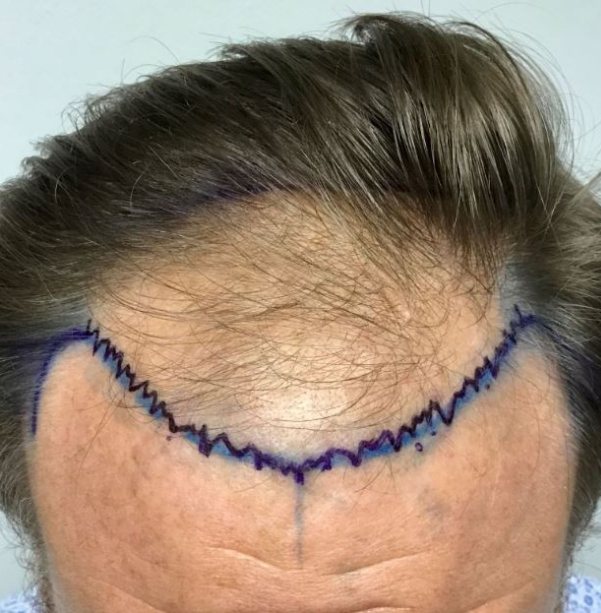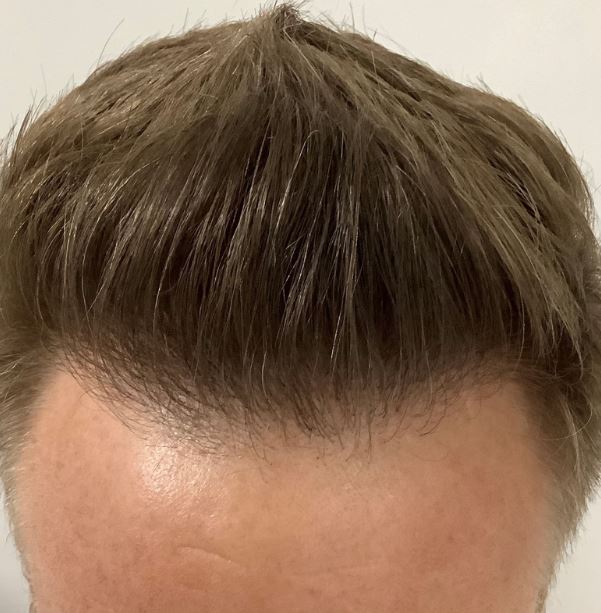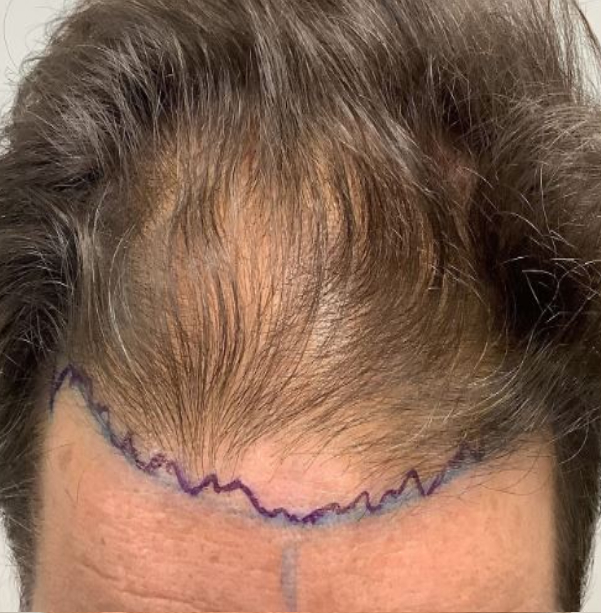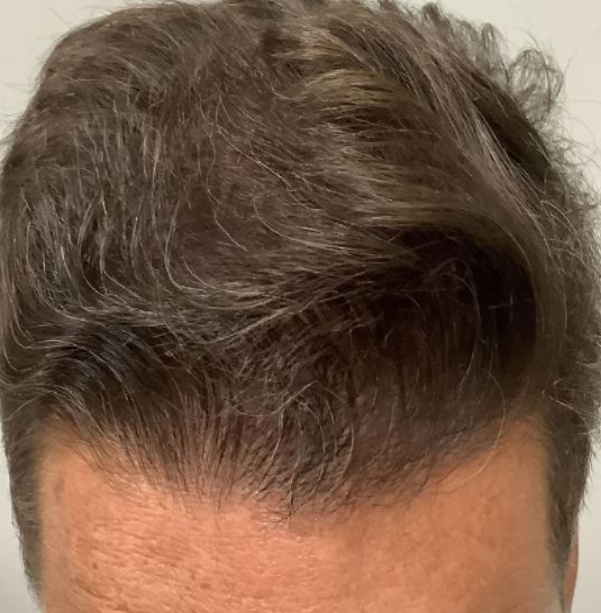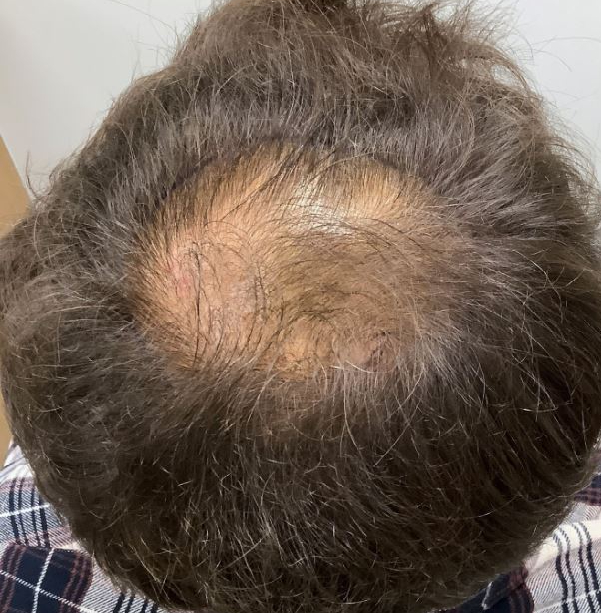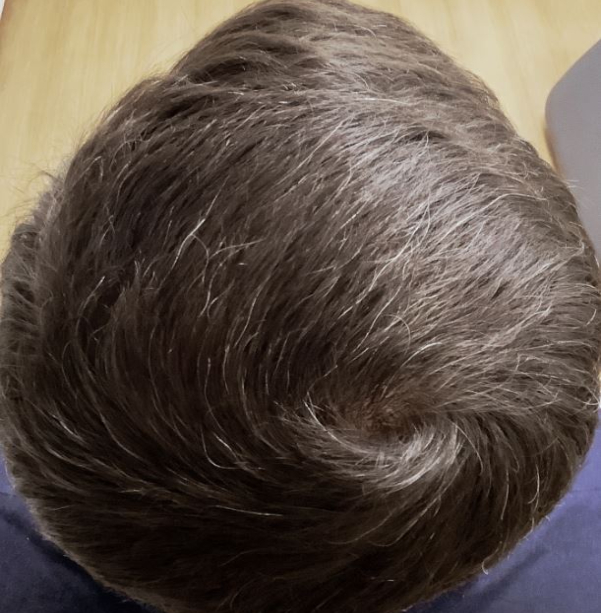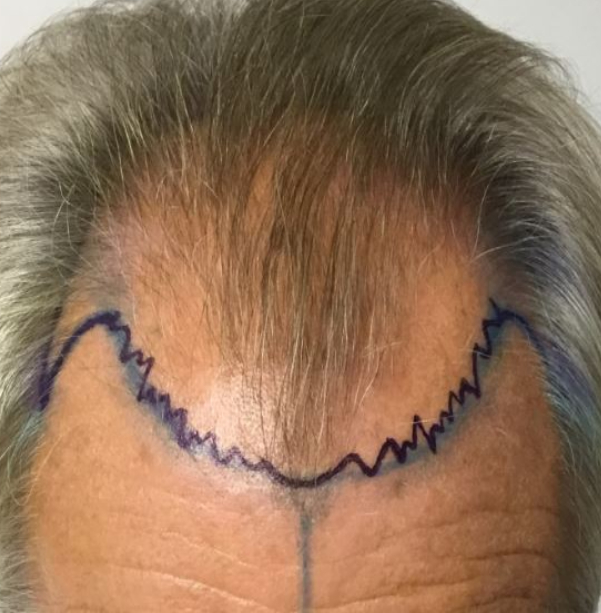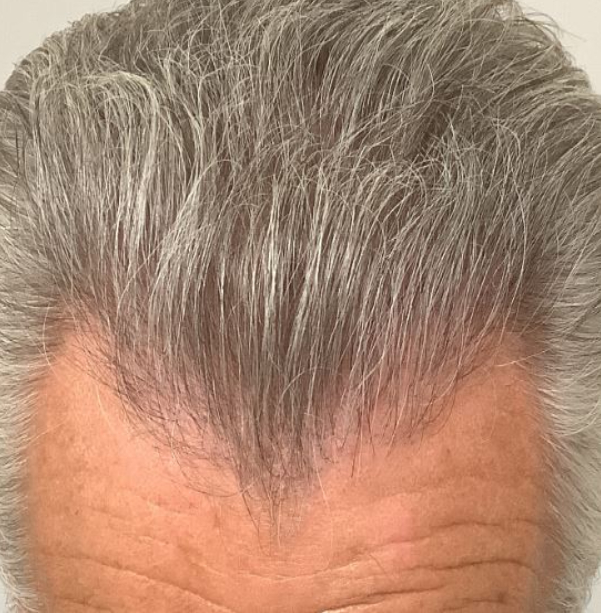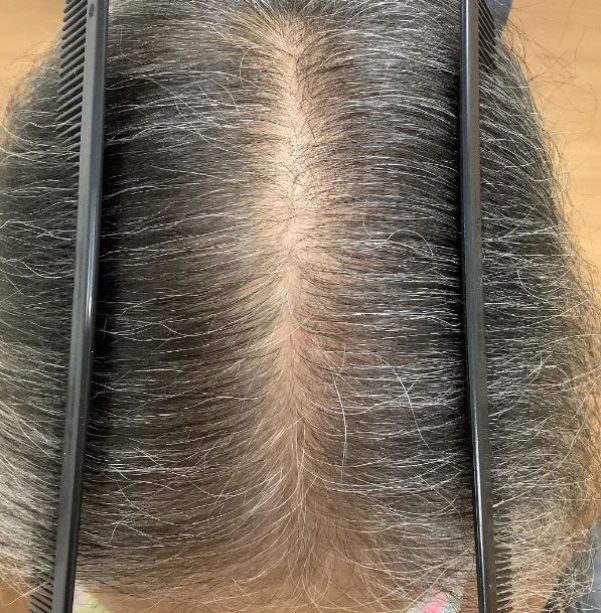Male Pattern Baldness
You’re Not Alone
Male Pattern Baldness, a condition affecting more than two-thirds of all males, is the result of hereditary and hormonal changes that cause the hair follicle to shrink and grow at a steadily slower rate. Eventually, growth ceases completely and the hair falls out, usually in a predictable pattern. The vast majority of men in this country have significantly thinning hair by age 50. You’re not alone.


There’s a Solution
Fortunately, the hair at the back of the head is not subject to Male Pattern Baldness, but is genetically programmed to last a lifetime. Even in the most advanced cases of baldness, a fringe of hair remains near the nape of the neck. This non-balding hair continues to grow when transplanted to other sites of the scalp, which is exactly what we do in hair transplant surgery.
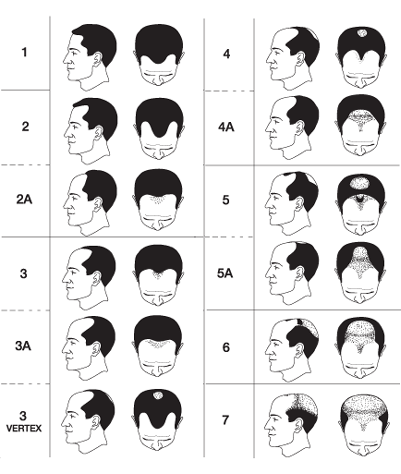
How Does Baldness Occur?
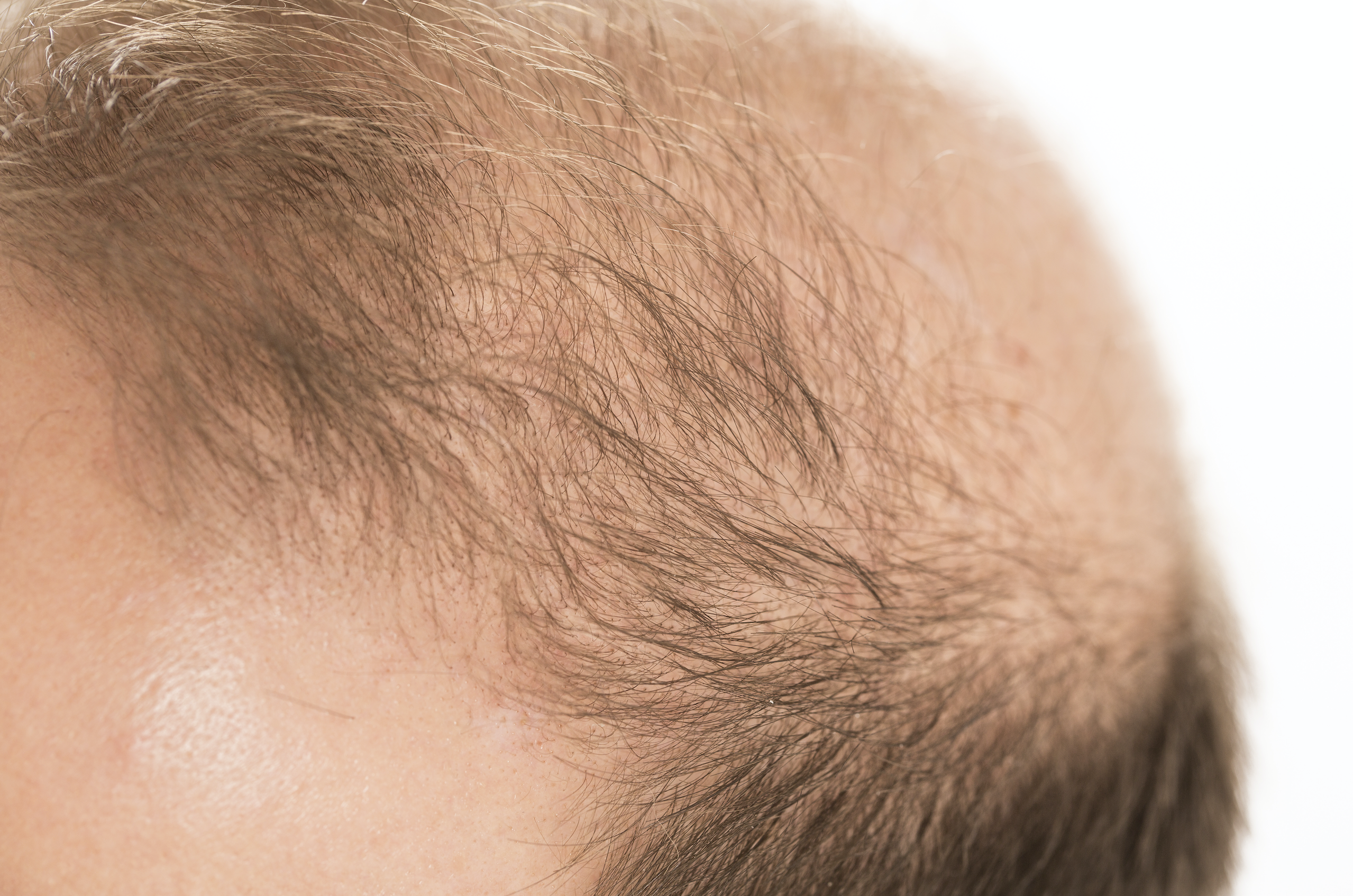
Psychology of Hair Loss, Prevention & Re-Growth
Hair forms a vital element of an individual’s physical appearance. Changes in the hair, including its loss, can have correspondingly profound effects on interpersonal reactions and on self image. Studies that have specifically addressed the psychosocial impact of hair loss in men have shown that men with visible hair loss are perceived as older, weaker, and less physically attractive than their non-balding counterparts.
Not surprisingly, such adverse social stereotyping of individuals with hair loss has a considerable impact on the self image, and therefore on the quality of life, of men with AGA. Studies confirm that the negative self-perception of hair loss by others is reflected in the psychological responses of balding men to their own condition. Using standard psychological tests, men with AGA report experiencing distress about their hair loss, feeling less physically attractive, and having greater body image dissatisfaction than their non-balding peers.


Given that many men are strongly motivated to seek help with their AGA, the treatment objectives may variously include the prevention of further hair loss, the maintenance of existing hair, the re-growth and retention of lost hair, or any combination of the three. In most cases, however, prevention and maintenance are the most realistic therapeutic options. In this context, it must be recognized that there is frequently a disparity between what the physician assumes are the patient’s needs or requirements, and what the patient actually expects.
Although there is a lack of rigorous scientific studies of men’s attitudes towards re-growth of their lost hair as compared to the prevention of further hair loss, some indications are available in the literature. For example, in a study in which men with AGA completed the Hair Loss Effects Questionnaire (HLEQ), a high proportion gave responses that were directed towards a future rather than a present state: 93% worried about how much hair they would lose, 87% reported trying to estimate if they were losing more hair, and 8o% tried to imagine how they would look with more hair loss. Cash has also reported that balding men who anticipated more hair loss in the future experienced significantly greater negative events and cognitive preoccupation, and were also less satisfied with their hair and overall appearance than men who anticipated minimal future hair loss.


